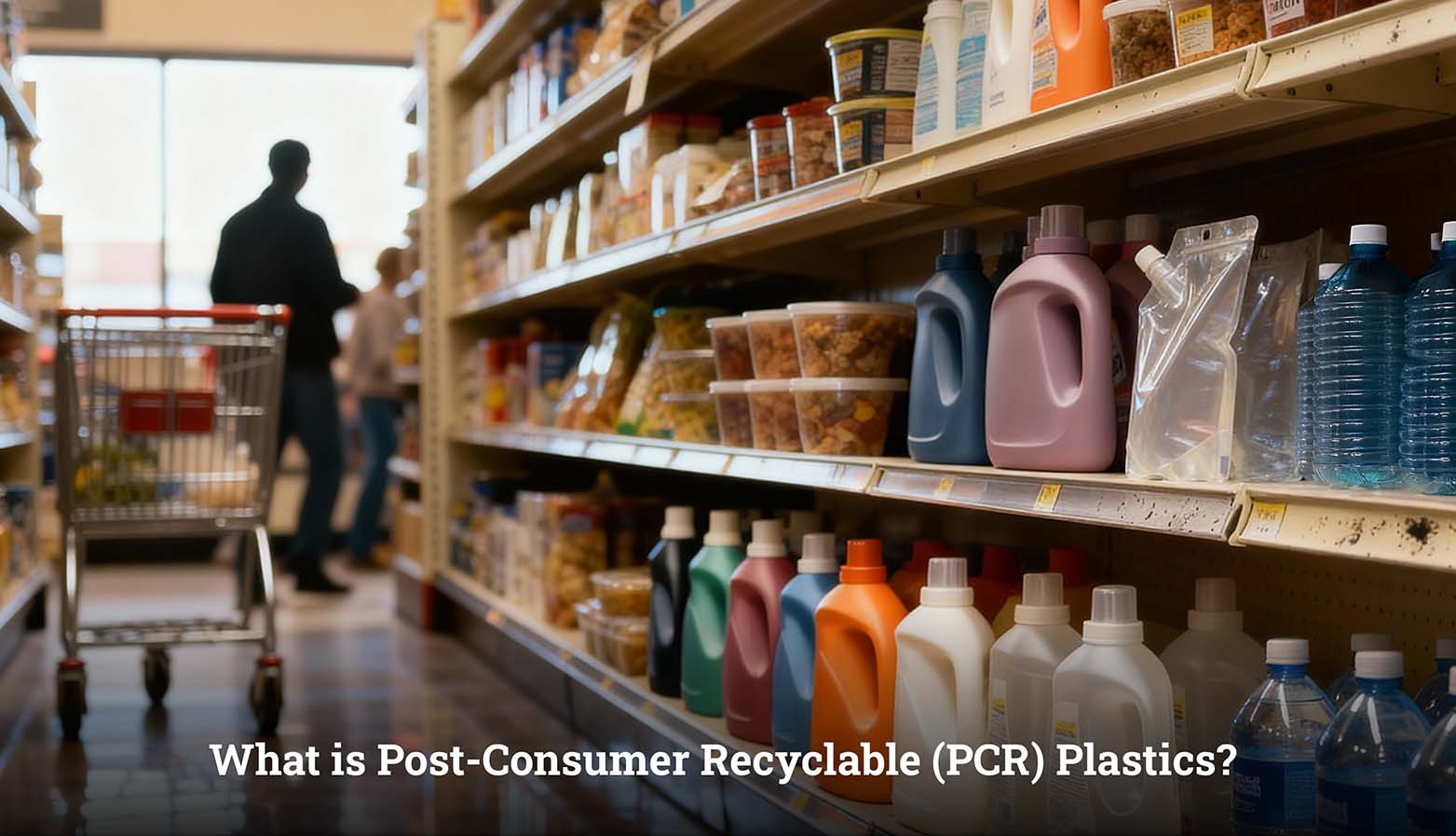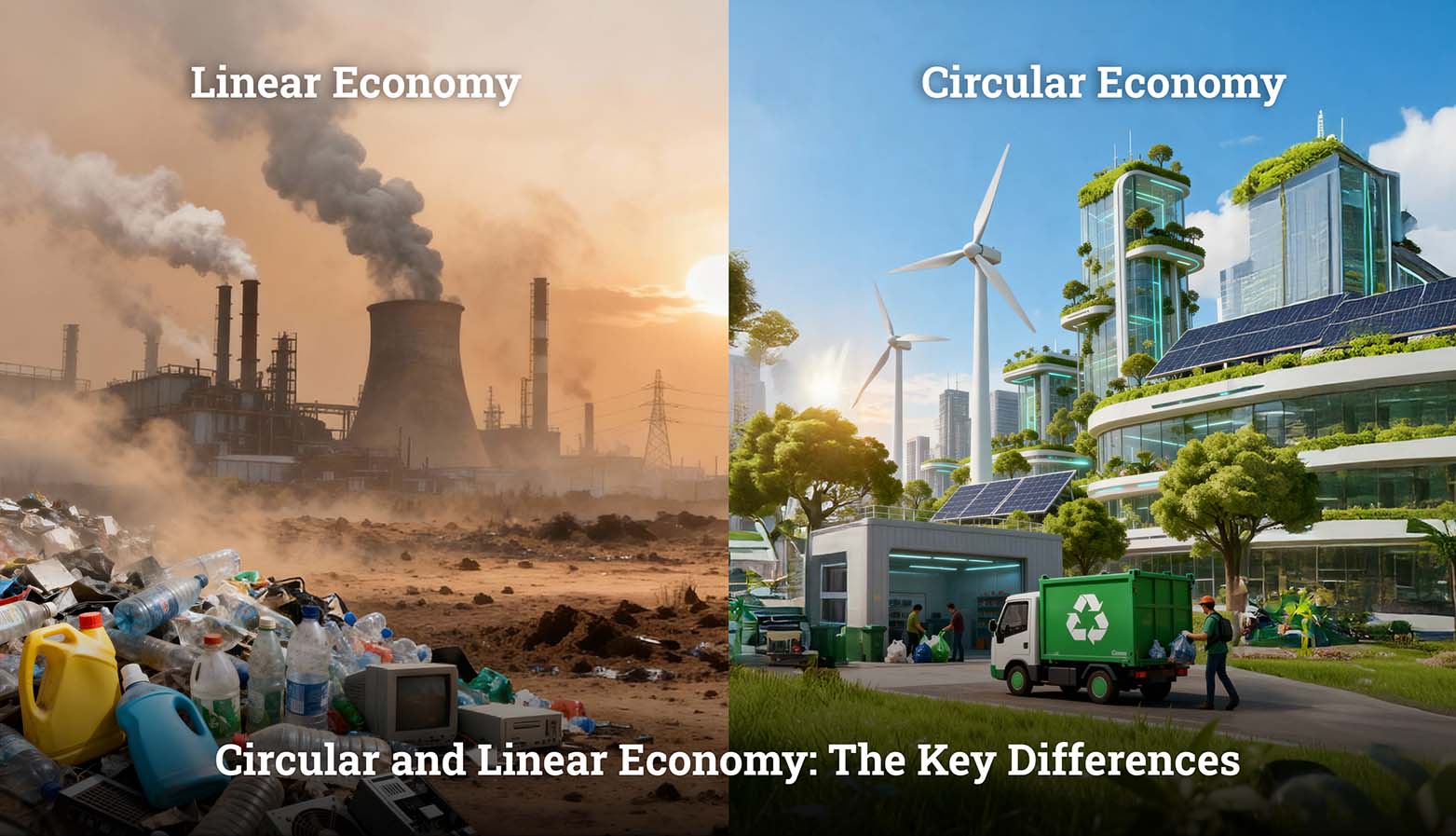Our landfills are overflowing; a stark reminder of our wasteful ways. Too much waste is damaging to our planet and those that inhabit it, but there is a straightforward solution available: waste segregation. One such practice is garbage separation which plays a significant role in the segregation of waste to reduce the amount of waste released into the environment. Thus, waste segregation and methods of waste segregation proceedings are very important in order to meet the overall waste management goals.
What is Waste Segregation?
Waste segregations is the act of separating waste that is contrasted by the features of the waste generated. Identifying and classifying is the first step of proper waste segregation. The first step to responsible waste management: Garbage segregation.
Importance of Waste Segregation
The segregation of waste involves the process of separating various waste materials at the source, such as households or businesses, to facilitate efficient recycling, composting and other waste management processes. This reduces the stress on landfills since biodegradable, recyclable, and hazardous waste won’t get mixed and thus won’t contaminate soil, water, and air to destroy the environment. It expands recycling processes that conserve raw materials and energy, and reduce greenhouse gas emissions. Moreover, it closes pollution loopholes resulting in less exposure of people to hazardous waste, promoting public health activities. It also helps to ensure that diseases do not circulate in society. The guidelines on waste segregation help stylizing a cleaner environment, effective use of resources, and are a stepping stone in the journey toward sustainable development for a better tomorrow for everyone.
Types of Waste for Segregation
Waste segregation is essential in providing sustainable management of waste and protecting the environment. Correct classification of different wastes into their appropriate categories is crucial because it is used in the right management of wastes in a way that is beneficial for mankind and society as a whole. Proper waste segregation minimizes the ecological damage by making sure that waste is appropriately disposed of. The following are the main types of waste to separate:
Organic Waste
Organic waste includes food waste, garden waste, and many more biodegradable materials. Segregation of waste management ensures that organic waste is properly identified and composted.
Recyclable Waste
Recyclable materials include paper, cardboard, plastic, glass, and metals. Proper rinsing and cleaning of these materials before discarding them in recycling bins minimizes contamination.
Non-Recyclable Waste
Some scraps, such as used tissues, plastic products (plastic wraps), and other non-recyclables, fall under Non-Biodegradable Waste. These materials cannot be recycled and should be disposed of properly in general waste bins to prevent environmental harm.
Hazardous Waste
Hazardous waste include chemicals, fluorescent bulbs, medical wastes and used car batteries. These categories of waste items would need to be taken to specific hazardous waste or collection facilities so that they do not damage the environment.
E-Waste (Electronic Waste)
E-waste includes discarded phones, computers, or batteries, which contain harmful chemicals that could lead to the poisoning of the earth, hence segregation is necessary.
Construction & Demolition Debris
Some materials, such as wood, brick, and concrete, from construction and demolition, can be recycled or reused, thus minimizing the amount of waste and saving natural resources. To get the best method to dispose of or recycle specific materials, contact local facilities.
Medical Waste
Used syringes, bandages, medicines are among the items that medical waste consists of. They need to be thrown away in separate bins which are clearly labeled in accordance with health and safety policy.
Miscellaneous Waste
Miscellaneous wastes include textiles, rubber and materials that do not fall under any of the aforementioned standard types. Handling of these would also require specific solutions for disposal as per the type of material.
Key Elements of Waste Segregation
- Have clearly labeled bins for each waste type.
- Ensure that recyclables are clean and dry.
- Do not mix hazardous waste with regular waste.
- Share knowledge with family members, coworkers, or community members about the importance of segregation.
Through this knowledge and practices surrounding types of waste, people/communities are helping to create a clean and sustainable environment.
Environmental Benefits of Waste Segregation
Waste segregation divides waste into 3 different groups: organic waste, recyclable waste, and dangerous waste; that reduces the impact on the environment and maximizes efficiency in the entire waste management process. Recycling wastes, mainly through appropriate segregation of waste management, reduces the consumption of raw materials and energy during production. Separating your garbage ensures that organic waste is composted, less waste is sent to a landfill, and also helps to reduce methane emissions, which are greenhouse gases that cause climate change. Garbage separation of hazardous waste prevents toxic substances from leaching into the soil and water, harming the environment, as well as human health. So, proper segregation saves landfill space and does not create new sources of pollution that could aggravate natural environmental conditions. Waste segregation will help in promoting reuse and recycling, ensuring a circular economy, reducing pollution, and preserving the environment for future generations.
What are the Effective ways to do Waste Segregation
Waste segregation in itself might just be the first step to effective waste management and environmental sustainability. Start with clearly labeled bins, or color-coded bins, for the type of waste: organic, recyclable, hazardous, and general waste. Segregation of waste management ensures that trash gets sorted correctly, making it easier to take care of and recycle. Educate family, workmates, or the neighborhood about the need for segregation and proper disposal. Rinse recyclable items to ensure the waste is clean and dry. Do not combine wet and dry garbage together. Convert kitchen and garden waste into organic manure. Put hazardous materials — batteries and other chemicals as well as electronic waste — in labeled containers and recycle them at designated places. If you can, either reuse or flatten cardboard to save space. Build a garbage segregation station at home or office and participate in local recycling drives or composting. Follow your local waste management system and revise your practice periodically to maintain efficiency and avoid contamination. These are some of the actions that support the mission of clean and green living for people and communities.
The Future of Waste Segregation
Greater technological innovation and a rise in environmental awareness would set the stage for the future of waste segregation. New technological developments such as AI, sensors, and automated sorting will continue to improve efficiency and accuracy in segregating wastes, and higher recycling rate is anticipated. And therefore, Waste segregation meaning will evolve as it incorporates not only the separation of waste but also the use of advanced techniques and practices to optimize waste management. By making the system decentralized, it will empower individuals and businesses to take control and contribute more to segregation. In a circular economy, our primary focus is on minimizing waste, promoting recycling, and educating the public on responsible waste management. The Role of Plastic Recycling in Circular Economy is essential, as it supports waste reduction, resource conservation, and sustainability, ultimately improving material efficiency.. By adopting effective ways to reduce plastic pollution, we can enhance efficiency and contribute to a more sustainable future worldwide.
Conclusion
Waste segregation is not the easiest thing as many make it sound. Rather, it is the best practice for a cleaner, healthier and greener future. Due to their ability to segregate wastes in categories properly with an aid of adequate segregation methods, individuals are able to reduce their contribution for pollution to a great extent. Separation of waste is a necessary component to achieve these goals. Some of these environmental benefits, which cannot be denied, include decreasing amounts of waste in landfills, improving recyclability, and preventing the creation of pollutants. So with the advancements in technology and the increase in individuals who understand the same, the future for waste segregation looks promising. In the end, every small endeavor brings us closer to a global movement towards sustainability and makes the world a healthier environment for our future generations. So, let’s make the practice of waste segregation a part of our daily life today and conduct ourselves in a way to make a world that is eco-friendly.
FAQ's
What is the role of recycling in waste segregation?
The segregation of solid waste is the most fundamental activity of recycling in which the recyclable materials are separated from other waste streams. It decreases the need for the use of raw materials, saves energy, and reduces environmental pollution due to unwanted landfills. It is important to understand the meaning of ‘segregation of waste’ to know how to streamline the process of segregation.
What are the 5 R's of waste segregation?
These are the 5 R’s: Refuse, Reduce, Reuse, Repurpose, and Recycle that can be used to manage waste in an effective manner. They suggest waste, goods, or materials should be minimized. Proper use of these principles follows consistent separation of waste
What is the color code for waste segregation?
The color code system used for efficient waste segregation is: green for biodegradable or organic waste (kitchen and garden waste), blue for recyclables (recyclable plastic and paper, metal, glass), and red for hazardous waste (batteries, e-waste, and medical waste). Waste segregation guidelines emphasize the importance of understanding and following these codes, which may differ slightly across regions. Waste segregation and knowledge of its practices would include these codes to ensure effective waste management.
What are the health benefits of segregating waste?
Maintaining a clean environment through proper waste segregation receives a higher rate of public health rewards because of different methods like this. This policy effectively separates hazardous chemicals and toxins from air, soil, and water, and is instrumental in minimizing disease spread and shielding ecosystems. All about waste segregation involves understanding and implementing these practices to protect the environment and improve public health.
What is the 3 bin system of waste segregation?
The 3-bin waste management system includes three boxes: green for organic waste, blue for recyclables, and red for hazardous waste. This is the ideal method to ensure effective waste disposal. It falls under the waste segregation guidelines, which highlight different ways to segregate waste for better environmental impact and efficiency.


 Why Choose Banyan Nation as your EPR Consultant in India?
Why Choose Banyan Nation as your EPR Consultant in India?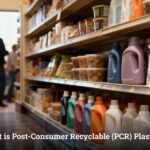 What is Post-Consumer Recyclable (PCR) Plastic?
What is Post-Consumer Recyclable (PCR) Plastic?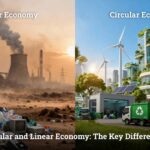 What is the Difference Between Circular Economy & Linear Economy
What is the Difference Between Circular Economy & Linear Economy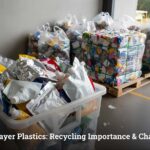 Why Recycling Multi-Layer Plastics is Important?
Why Recycling Multi-Layer Plastics is Important?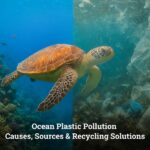 How Recycling Can Help Reduce Plastic Pollution in the Ocean
How Recycling Can Help Reduce Plastic Pollution in the Ocean
